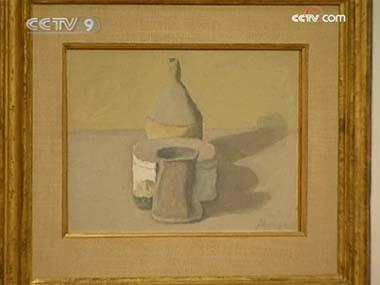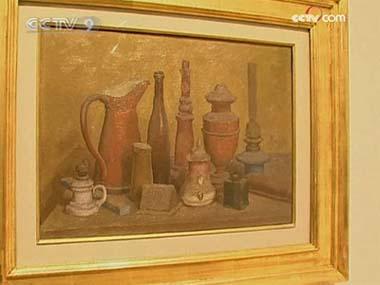Source: CCTV.com
02-25-2009 08:44
A new exhibit opening at the Phillips Collection art museum in Washington features an artist whose name you may not know, but whose work you probably recognize. Giorgio Morandi is known for doing a thousand still life paintings during his lifetime. In them he repeated the same motif of bottles, boxes, vases and other common household items.
 |
| It was from these everyday items that Morandi created a world on canvas. |
Bottles, boxes, tins and pitchers. It was from these everyday items that Morandi created a world on canvas.
Some works take on the appearance of a cityscape; others a landscape. But each one is composed of ordinary and stationary objects.
Giorgio Morandi created works of art that to this day relate more to each other than to any other art.
Eliza Rathbone, the curator of Phillips Collection said, "The things that he painted were very ordinary things. Just bottles and boxes and cups. He had a whole collection of them in his studio. He took away any identifying elements. He erased, he took off labels, he painted these objects so they just become forms for the purpose of his paintings."
Click for more news in Culture Express>>
Morandi once said he was thankful for an uneventful life, because it allowed him to concentrate on his still life paintings.
 |
| Morandi once said he was thankful for an uneventful life, because it allowed him to concentrate on his still life paintings. |
Some critics believe Morandi cultivated this image of the reclusive artist, alone with his boxes and bottles, in order to show that he was a painter out of time and without connection to the avant-garde movements of his day.
Celebrated as one of the greatest painters of still life, Morandi's work far surpasses the seemingly simple subjects of bottles, cups, jugs and boxes.
It's this transparent border between reality and the imagination that the viewer confronts when looking at a Morandi painting.
Editor:Zhao Yanchen
